Dopamine addiction is the hidden force driving many compulsive behaviors—from endless scrolling to binge-watching to substance abuse. Understanding how dopamine hijacks your brain is the first step to breaking free.
What Is Dopamine Addiction?
Dopamine addiction refers to the compulsive pursuit of activities that trigger dopamine spikes in the brain’s reward system. While dopamine itself isn’t addictive, the behaviors that flood your brain with it—like gaming, social media, porn, or drugs—can become obsessions.
In short, dopamine addiction is the cycle of chasing reward at the cost of balance, control, and well-being.
How Dopamine Works in the Brain
Dopamine is a neurotransmitter that signals pleasure, motivation, and reward. It’s essential for survival—it makes us feel good when we eat, connect socially, or achieve goals.
But today’s digital and instant-gratification world overstimulates this system. Every like, notification, or win in a video game creates a dopamine hit. Your brain starts craving that hit again and again, weakening its ability to feel normal pleasure from everyday life.
This is how reward addiction begins.
Signs You Might Be Addicted to Dopamine Triggers
- Compulsively checking your phone or social media
- Feeling restless or anxious without stimulation
- Bingeing on entertainment or junk food
- Loss of interest in slow, meaningful activities
- Escalating need for stimulation (longer binges, more extreme content)
Common Triggers of Dopamine Addiction
Digital Behaviors
- Social media: Likes, comments, notifications
- Video games: Constant rewards, level-ups, loot boxes
- Streaming: Endless binge-worthy content
Physical Stimuli
- Junk food: High sugar, salt, and fat hijack reward systems
- Pornography: Escalating stimulation dulls natural arousal pathways
- Substances: Drugs like cocaine or meth create unnatural dopamine surges
The Neuroscience of Reward Addiction
Studies show that repeated high-dopamine behavior changes brain pathways:
- Shrinks gray matter in areas that control impulse and decision-making
- Reduces dopamine receptor sensitivity, leading to tolerance
- Impairs ability to enjoy normal, slower activities (reading, walking, conversation)
Your brain gets rewired to chase fast rewards and avoid anything that feels boring—even if it used to bring you joy.
How Dopamine Addiction Affects Mental Health
- Anxiety: Constant stimulation creates nervous system overload
- Depression: Pleasure centers burn out, making everything feel dull
- ADHD-like symptoms: Impaired focus, restlessness, reduced patience
- Insomnia: Nighttime scrolling disrupts circadian rhythms
Is Dopamine Addiction a Real Medical Diagnosis?
Not yet. Dopamine addiction isn’t officially listed in the DSM-5. However, related behaviors like gaming disorder, porn addiction, and substance use disorder are well-documented, and they all involve dopamine dysregulation.
So while “dopamine addiction” is more of a functional term than a formal diagnosis, the underlying neurochemical patterns are very real.
Can You Reset Your Brain?
Yes, but it takes effort. This process is often called a dopamine detox (or more accurately, a dopamine fast).
What It Involves:
- Taking breaks from stimulating behaviors (digital, junk food, porn)
- Focusing on low-dopamine activities (walking, journaling, meditation)
- Reintroducing stimulation in controlled, mindful ways
The goal is to rebalance your reward system—not eliminate dopamine, but regain control over what triggers it.
How to Break Free from Dopamine Addiction
1. Identify Your Triggers
What activities feel irresistible? What makes you feel dull or anxious afterward?
2. Create Friction
Make it harder to access high-dopamine activities:
- Use app timers or delete apps entirely
- Block websites or use grayscale mode
- Avoid keeping junk food at home
3. Replace, Don’t Just Remove
Trade fast-reward activities for slower, meaningful ones:
- Reading or journaling
- Talking to a friend
- Cooking from scratch
4. Practice Mindfulness
Being present lowers compulsive urges. Try:
- Meditation
- Breathing exercises
- Walking without headphones
5. Seek Support
If compulsions are interfering with your life, talk to a therapist. Cognitive Behavioral Therapy (CBT) is highly effective.
Link: Mental Health Support
Prevention Tips for Parents
Kids and teens are especially vulnerable. Their brains are still developing—and dopamine is a major player in their reward-seeking behavior.
Parenting Strategies:
- Set screen time limits and stick to them
- Delay smartphone and social media exposure
- Encourage physical activity and hobbies
- Teach self-regulation through example
Link: Child Psychology
Dopamine Addiction vs. Substance Addiction
| Aspect | Dopamine Addiction | Substance Addiction |
|---|---|---|
| Trigger | Behaviors (digital, porn) | Drugs or alcohol |
| Physical withdrawal | Mild to none | Strong physical symptoms |
| Accessibility | Very high (phones, food) | Variable |
| Stigma | Lower | Higher |
| Treatment approach | Behavioral therapy, detox | Medical + behavioral |
Link: Behavioral Addictions
Final Thoughts: You’re Not Broken—You’re Wired This Way
Dopamine addiction isn’t a personal flaw. It’s a byproduct of modern life designed to exploit your brain’s natural wiring. But awareness is power.
With the right tools and strategies, you can take back control of your time, your habits, and your mind.
References
- National Institute on Drug Abuse (NIDA): https://nida.nih.gov
- APA on Behavioral Addiction: https://www.apa.org/topics/addiction
- WHO on Gaming Disorder: https://www.who.int/news/item/14-09-2018-international-classification-of-diseases
